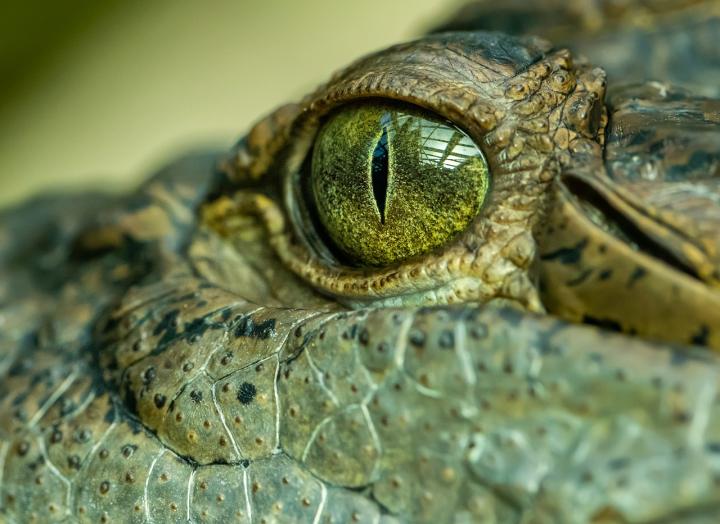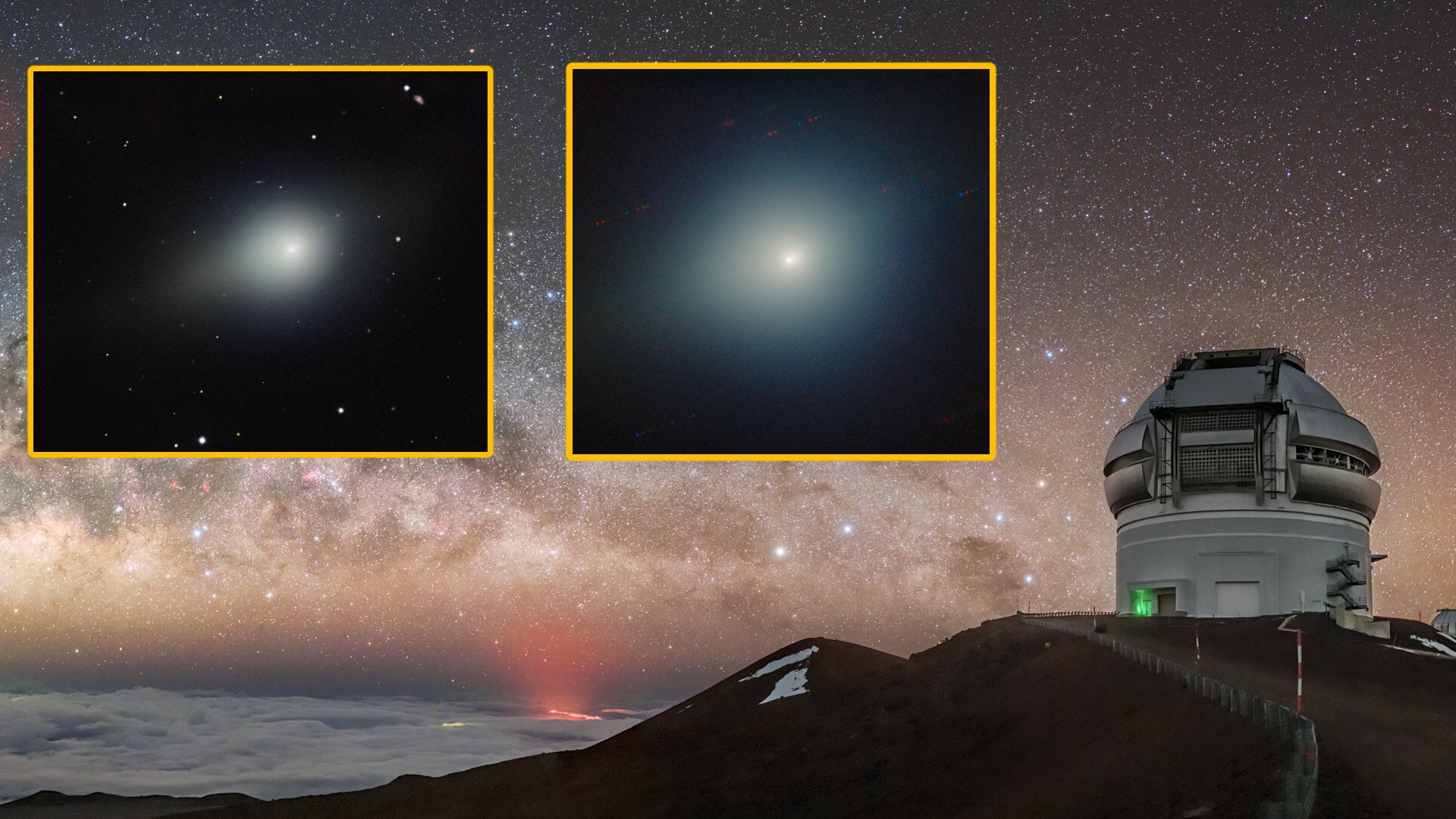Ancient 'swamp king' monster croc once terrorized Australia
It was one of Australia’s top predators.

A monster croc spanning 16 feet (5 meters) ruled the waterways of south-eastern Queensland in Australia millions of years ago.
Researchers from the University of Queensland identified the reptilian giant — now dubbed “swamp king" — after studying its fossilized 25-inch-long (65 centimeters) skull, which was first uncovered in the 1980s.
In Latin, the genus name Paludirex translates to “swamp king” and the species name vincenti was chosen to honor the late Geoff Vincent, a resident of the town of Dalby in south-eastern Queensland who discovered the giant skull near the town of Chinchilla in Queensland.
Related: What's the world's largest crocodile?
The largest modern-day crocodile is the Indo-Pacific saltwater crocodile (Crocodylus porosus), which can grow to around the same size. Their record size is actually even larger at over 20 feet (6 m), set by Lolong who died in captivity in the Philippines in 2013, according to CNN.
"But Paludirex had a broader, more heavy-set skull, so it would've resembled an Indo-Pacific crocodile on steroids," Jorgo Ristevski, a doctoral candidate at the University of Queensland’s School of Biological Sciences, said in a statement. According to the researchers, this would have allowed the giant croc to hunt oversized prehistoric marsupials and made it one of the top predators in Australia.
Get the world’s most fascinating discoveries delivered straight to your inbox.
The swamp king likely emerged around the same time as modern-day crocs — within the last 55 million years. More research is now being carried out to determine how these massive crocs died out, while their slimmer relatives remained.
“Whether Paludirex vincenti went extinct as a result of competition with species like Crocodylus porosus is hard to say,” Steve Salisbury, a senior lecturer at the University of Queensland and fellow author of the study, said in the statement. "The alternative is that it went extinct as the climate dried, and the river systems it once inhabited contracted,” he explained, adding, “we're currently investigating both scenarios."
The findings were published Dec. 21 in the journal PeerJ.
Originally published on Live Science.

Harry is a U.K.-based senior staff writer at Live Science. He studied marine biology at the University of Exeter before training to become a journalist. He covers a wide range of topics including space exploration, planetary science, space weather, climate change, animal behavior and paleontology. His recent work on the solar maximum won "best space submission" at the 2024 Aerospace Media Awards and was shortlisted in the "top scoop" category at the NCTJ Awards for Excellence in 2023. He also writes Live Science's weekly Earth from space series.


